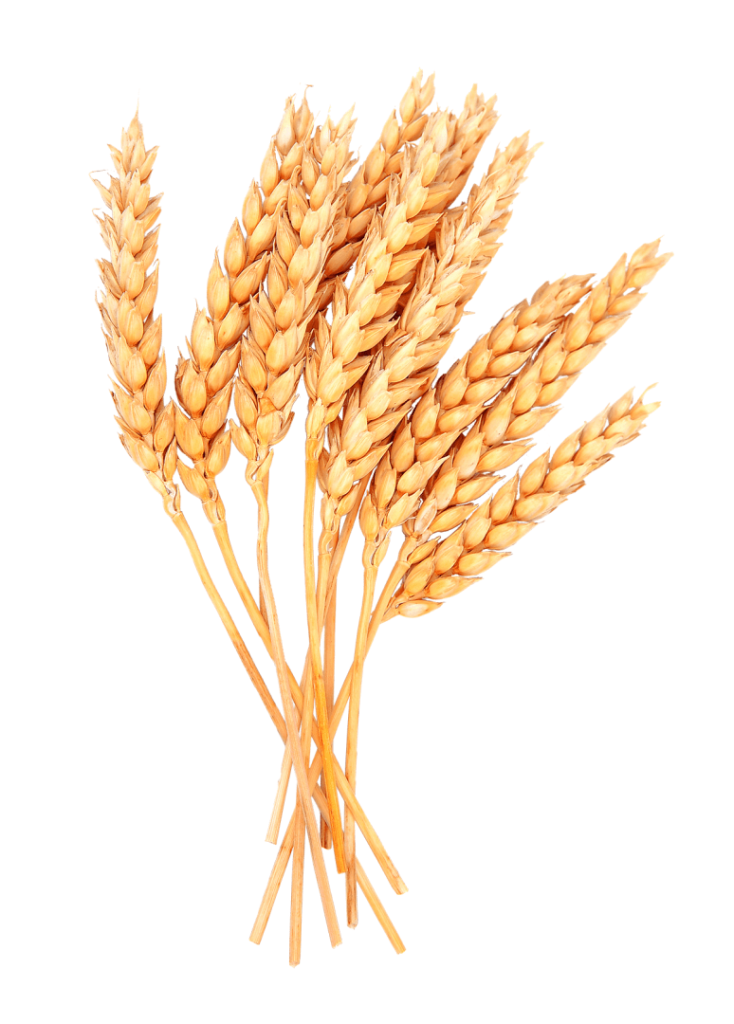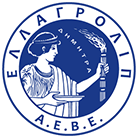- +30 213 003 7600
- +30 213 003 7600
- info@hellagrolip.com

Cereals are easily adapted to a wide variety of soils.
In deep fertile, medium to heavy, well-drained soils, wheat exploits moisture and nutrients and achieves high yields.
Barley, due to its small biological cycle and its resistance to high temperature and drought, takes advantage of the shallow soils of dry areas.
In waterlogged soils, the plants suffer from diseases and reduce yields, so should be excluded from the cultivation of cereals.
Regarding acidity, they grow normally and produce high yields in a pH range of 5.5 to 7.5, with wheat and barley preferring most alkaline, while rye and oats the most acidic soils.
Modern varieties of winter cereals require favorable soil-climatic conditions and adequate nutrients levels in order to increase their productive potential of crop. To achieve high yields of grains and maintain soil fertility, depending on the plant species of the variety and amount of rainfall, the cereals require the following fertilization units:
| Fertilization units (kg/hectare) | |||
|---|---|---|---|
| Type | N | P2O5 | K2O* |
| Soft wheat | 150 – 180 | 50 – 80 | 50 – 80 |
| Durum wheat | 140 – 160 | 40 – 60 | 50 – 60 |
| Barley | 80 – 120 | 40 – 50 | 40 – 50 |
In cereals, the robust growth of plants and the achievement of high yields on grain, require the satisfactory supply the crop with Nitrogen and Phosphorus. The adequacy of these elements at particular stages of development, decisively influences the evolution of the culture and shapes the final height and qualities of production:
The basic fertilization is absolutely necessary because it is impossible to grow cereals and achieve high yields in low fertility soils without sufficient nutrients. In determining the quantity and type of fertilizer to be used, must be considered the structure of the soil, the amount and the distribution of annual rainfall in the area.
Apply all the quantity of Phosphorus required (30-60 kg/ha) and 1/2 or 1/3 (50-80 kg/ha) of total Nitrogen to cover the need for the formation of organs (leaves – root), ensure robust plant growth during winter and encourage tillers formation to the next stage of development.
Because the rate of uptake of nutrients in the initial stages of crop development is slow, it is recommended to apply fertilizers rich in Ammoniacal or Stabilized Ammoniacal Nitrogen (Opera – Omega fert – NutrActive), in order to avoid losses due to leaching.
| Cereals fertilizing | ||
|---|---|---|
| Type of Fertilizer | Stage of application | Dosage (kg/ha.) |
|
Ωmega fert 15-25-0 (+29) |
Basic fertilization (sowing) |
|
* The dosages mentioned are indicative. Regarding the fertilizing of crops, one should take into account the advice of local agronomists.
The top-dressing fertilization supplies the rest of the total amount of Nitrogen in one or two applications, depending on the type of crop. In soft wheat, it is recommended to apply a single application during the tillering stage, while in the durum wheat an additional application can be made before the ear emergence, in order to increase production and improve the quality of grains.
Nitrogen requirements and the exact time of application, are determined by the density of plants per square meter (m2).
It is recommended to use Nutrammon and Nitrocan fertilizers that have a balanced relationship between Ammoniacal and Nitric Nitrogen and ensure both immediate and long-term nutrition of the crop. Especially, prior to and during the tillering stage, it is recommended to use the NutrActive and Omega 26N fertilizers, which provide adequate nutrition to plants even in the last critical stages of ear emergence and filling of grains, significantly increasing production.
| Cereals fertilizing | ||
|---|---|---|
| Type of Fertilizer | Stage of application | Dosage (kg/ha.) |
|
NutrActive 27N 27-0-0 (+27) |
Top-dressing fertilization (before or during tillering) |
|
* The dosages mentioned are indicative. Regarding the fertilizing of crops, one should take into account the advice of local agronomists.
Basic fertilizers



Top-dressing fertilizers



Cereals are easily adapted to a wide variety of soils.
In deep fertile, medium to heavy, well-drained soils, wheat exploits moisture and nutrients and achieves high yields.
Barley, due to its small biological cycle and its resistance to high temperature and drought, takes advantage of the shallow soils of dry areas.
In waterlogged soils, the plants suffer from diseases and reduce yields, so should be excluded from the cultivation of cereals.
Regarding acidity, they grow normally and produce high yields in a pH range of 5.5 to 7.5, with wheat and barley preferring most alkaline, while rye and oats the most acidic soils.
Modern varieties of winter cereals require favorable soil-climatic conditions and adequate nutrients levels in order to increase their productive potential of crop. To achieve high yields of grains and maintain soil fertility, depending on the plant species of the variety and amount of rainfall, the cereals require the following fertilization units:
| Fertilization units (kg/hectare) | |||
|---|---|---|---|
| Type | N | P2O5 | K2O* |
| Soft wheat | 150 – 180 | 50 – 80 | 50 – 80 |
| Durum wheat | 140 – 160 | 40 – 60 | 50 – 60 |
| Barley | 80 – 120 | 40 – 50 | 40 – 50 |
In cereals, the robust growth of plants and the achievement of high yields on grain, require the satisfactory supply the crop with Nitrogen and Phosphorus. The adequacy of these elements at particular stages of development, decisively influences the evolution of the culture and shapes the final height and qualities of production:
The basic fertilization is absolutely necessary because it is impossible to grow cereals and achieve high yields in low fertility soils without sufficient nutrients. In determining the quantity and type of fertilizer to be used, must be considered the structure of the soil, the amount and the distribution of annual rainfall in the area.
Apply all the quantity of Phosphorus required (30-60 kg/ha) and 1/2 or 1/3 (50-80 kg/ha) of total Nitrogen to cover the need for the formation of organs (leaves – root), ensure robust plant growth during winter and encourage tillers formation to the next stage of development.
Because the rate of uptake of nutrients in the initial stages of crop development is slow, it is recommended to apply fertilizers rich in Ammoniacal or Stabilized Ammoniacal Nitrogen (Opera – Omega fert – NutrActive), in order to avoid losses due to leaching.
| Cereals fertilizing | ||
|---|---|---|
| Type of Fertilizer | Stage of application | Dosage (kg/ha.) |
|
Ωmega fert 15-25-0 (+29) |
Basic fertilization (sowing) |
|
* The dosages mentioned are indicative. Regarding the fertilizing of crops, one should take into account the advice of local agronomists.
The top-dressing fertilization supplies the rest of the total amount of Nitrogen in one or two applications, depending on the type of crop. In soft wheat, it is recommended to apply a single application during the tillering stage, while in the durum wheat an additional application can be made before the ear emergence, in order to increase production and improve the quality of grains.
Nitrogen requirements and the exact time of application, are determined by the density of plants per square meter (m2).
It is recommended to use Nutrammon and Nitrocan fertilizers that have a balanced relationship between Ammoniacal and Nitric Nitrogen and ensure both immediate and long-term nutrition of the crop. Especially, prior to and during the tillering stage, it is recommended to use the NutrActive and Omega 26N fertilizers, which provide adequate nutrition to plants even in the last critical stages of ear emergence and filling of grains, significantly increasing production.
| Cereals fertilizing | ||
|---|---|---|
| Type of Fertilizer | Stage of application | Dosage (kg/ha.) |
|
NutrActive 27N 27-0-0 (+27) |
Top-dressing fertilization (before or during tillering) |
|
* The dosages mentioned are indicative. Regarding the fertilizing of crops, one should take into account the advice of local agronomists.
Basic fertilizers



Top-dressing fertilizers



